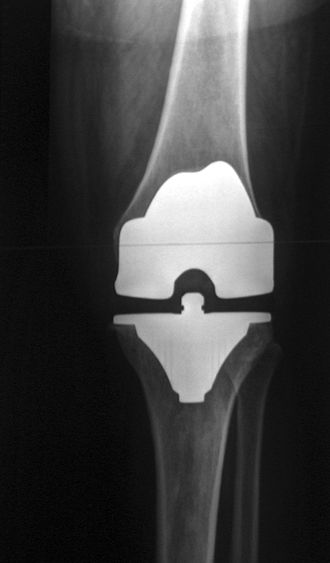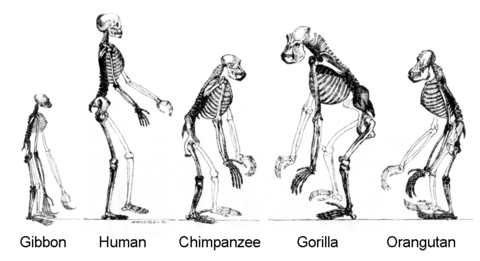
Print (c. 1902) by Albert Robida showing air travel over Paris in the year 2000 as people leave the opera.
The trouble with the future is that it’s so much less knowable than the past.”
John Lewis Gaddis, ”The Landscape of History”
The authors of an article in Health Affairs look at future CMS payment models based in part on recent payment evolution. Among the predictions:
Population-based models and disease-specific models will continue to develop.
”As ACOs mature and stabilize, opportunities exist to expand them to cover more lives and allow more providers, payers, and organizations to participate in accountable care. More established ACOs will need to expand the spectrum of healthcare providers they work with including behavioral- health, post-acute care and pharmacy providers, and will need to consider the socioeconomic needs—like transportation, housing, and education—of their patient populations.”
”CMS has relatively few disease-specific models, which offers an opportunity to take knowledge gained from current programs and expand to other diseases and co-morbidities through either specialty ACOs or bundled payment programs. The Oncology Care Model and the Comprehensive End-Stage Renal Disease (ESRD) Care Model are two examples of disease-specific models. The ACO movement has focused around primary and general care, but ACOs are most successful when they include providers that are involved at all levels of patient care, including specialists.”
More efforts to show bigger cost-savings
As the healthcare culture shifts to adopting value-based care, ”opportunities exist for more payment models and models that involve higher levels of risk, although mandatory demonstration models are unlikely to continue” if, as expected, Tom Price, M.D, becomes health and human services secretary.
”As ACOs demonstrate success and more physicians have confidence in accountable care, ACOs can move from shared savings-only to taking on more risk.”
Efforts to encourage growth of multi-payer, state and wider- region initiatives
”Multi-payer initiatives spread cost among different payers—for example, commercial and Medicaid—and provide a shared incentive to improve quality and care. When multiple stakeholders work together toward a common goal, collaboration is rewarded and patients benefit. State and regional initiatives also allow states greater flexibility in implementing programs that work best for their populations.”
”Maryland, Vermont and Colorado serve as examples of state multi-payer initiatives. Each of these state’s programs are designed to improve primary care through promoting care coordination, health management, patient-centered care, and disease prevention.”
Concurrent models will be developed
”For some physicians, particularly specialists, aligning different payment models might make more sense than being restricted to a single model. For example, participating in different bundled-payment programs could benefit a specialist who has less influence than a primary-care physician over a patient’s overall health management. CMS has an opportunity to provide clarity and guidance to physicians on which models work best together for different types of physicians or practices.”
To read more, please hit this link.







